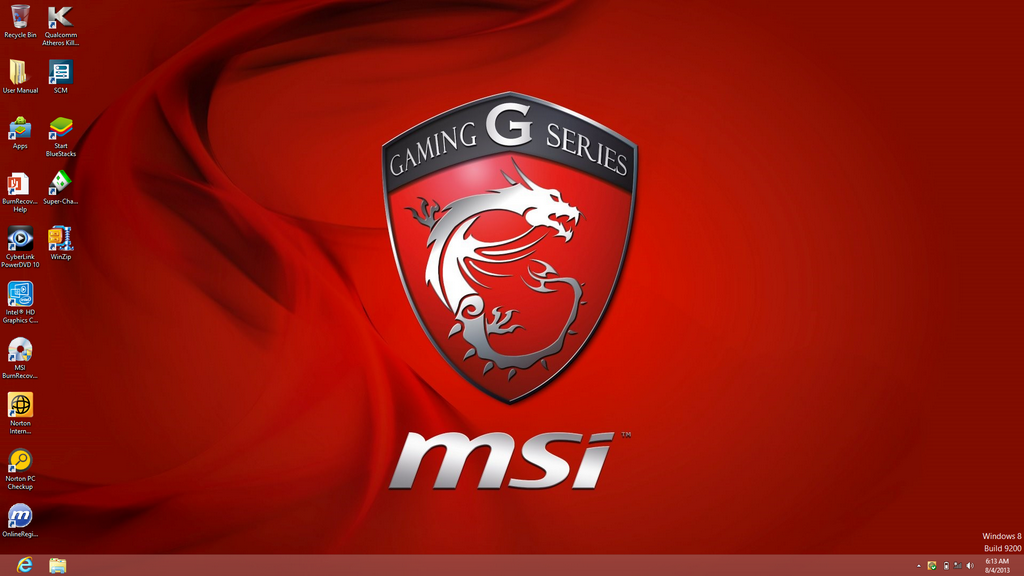

For more information see Implementing Policies and Applying Policies to Endpoint Groups. You can change those assignments later, if needed. All endpoints are first assigned to your default policy and a default group. Allow the system to assign endpoints to your default policy and default group.For more information, see Viewing Endpoint Statuses. Note: Check the Management Portal to make sure the endpoints have reported their status. Deploy SecureAnywhere to the endpoints, as described in one of these sections:.For more information, see Adding Consoles to Your Account. For large networks, you may also want to organize endpoints into separate consoles for simplified views into smaller groups. If you have a large network and use Active Directory, you should use the advanced deployment options. Note: If you have a small network with less than 100 endpoints, we recommend that you use the simple deployment options described in the Resources tab. You should have experience with Microsoft’s Active Directory and the GPO editor. Use command-line options with the installer to deploy to endpoints that are behind a proxy server.ĭeploy the SecureAnywhere installer file using the Microsoft Installer (MSI).ĭeploy the SecureAnywhere installer file using Group Policy Object (GPO).Use additional commands with the executable file to deploy it in the background.The email template also provides a renamed executable file with the keycode. Rename the executable file using your keycode.
#MSI SOFTWARE INTERN INSTALL#
Send emails to end users, so they can install the software by clicking on the link provided in the email template.Manually install the executable file on each endpoint.The following table describes methods of deployment.ĭeploy the SecureAnywhere executable fileĭeploy the SecureAnywhere installer file using one of these methods: Select a method of deployment that best suits your environment.If there are endpoints in your network that already have SecureAnywhere installed with a different keycode, see Changing Endpoint Keycodes. Note: Devices must use the Endpoint Protection keycode before they can report into the Management Portal. If you don't know your keycode, click the Resources tab of the Management Portal. For more information, see Implementing Alerts. Note: You can configure alerts so that administrators receive notification whenever new endpoints are installed. A list of endpoint system requirements is provided in Preparing for Setup.
#MSI SOFTWARE INTERN WINDOWS#
An endpoint can be a Windows PC, laptop, server, or virtual server installed in your network. You can deploy SecureAnywhere to endpoints using a variety of methods, depending on your business requirements and network size.


 0 kommentar(er)
0 kommentar(er)
